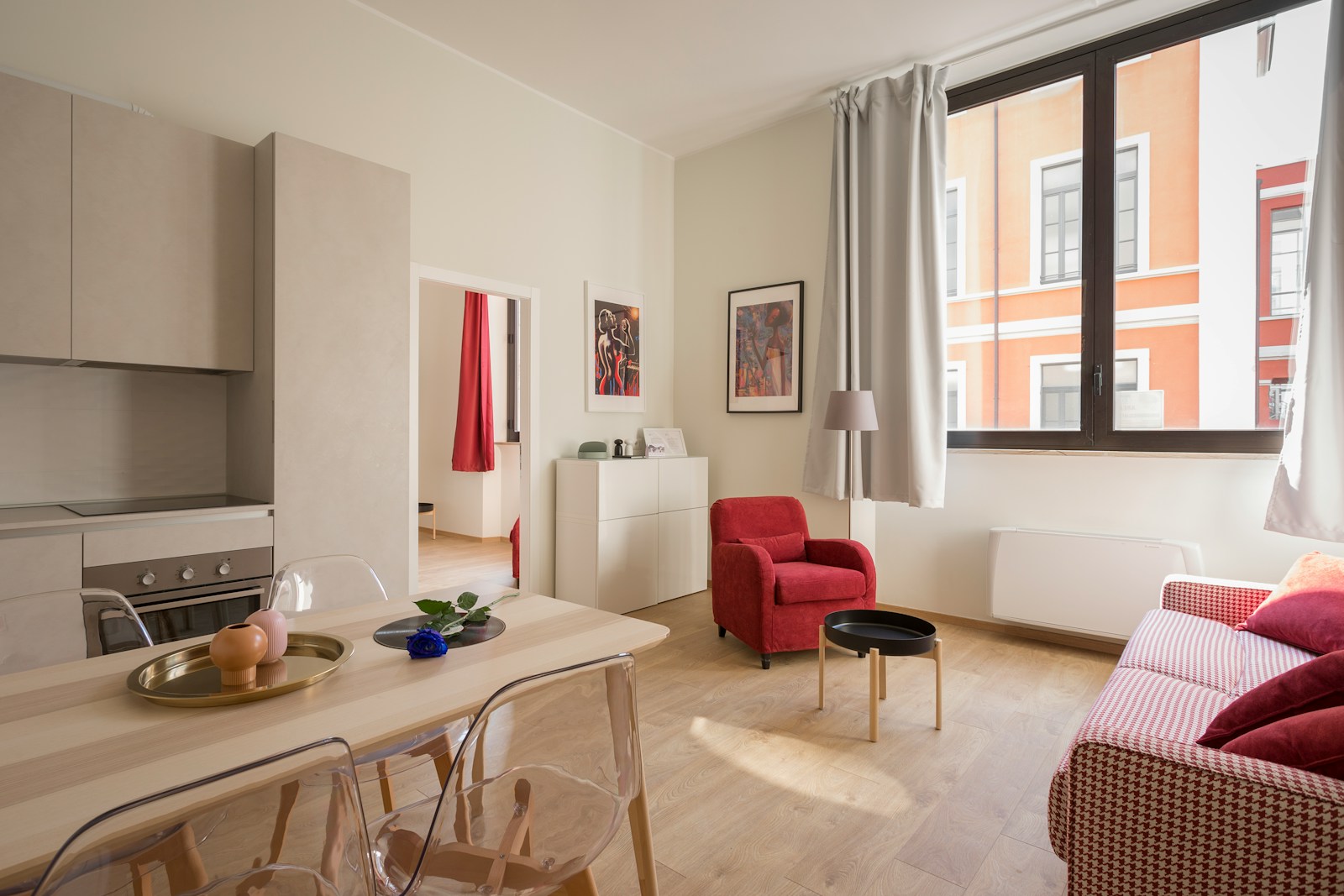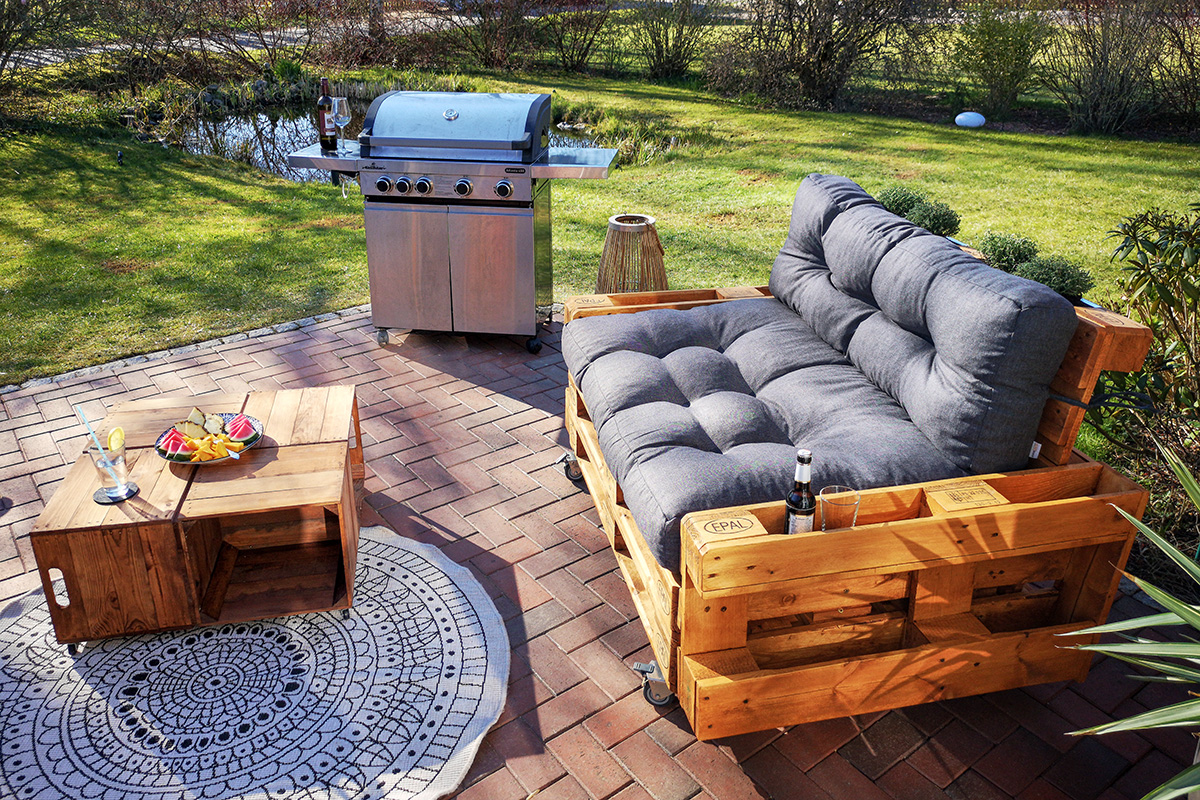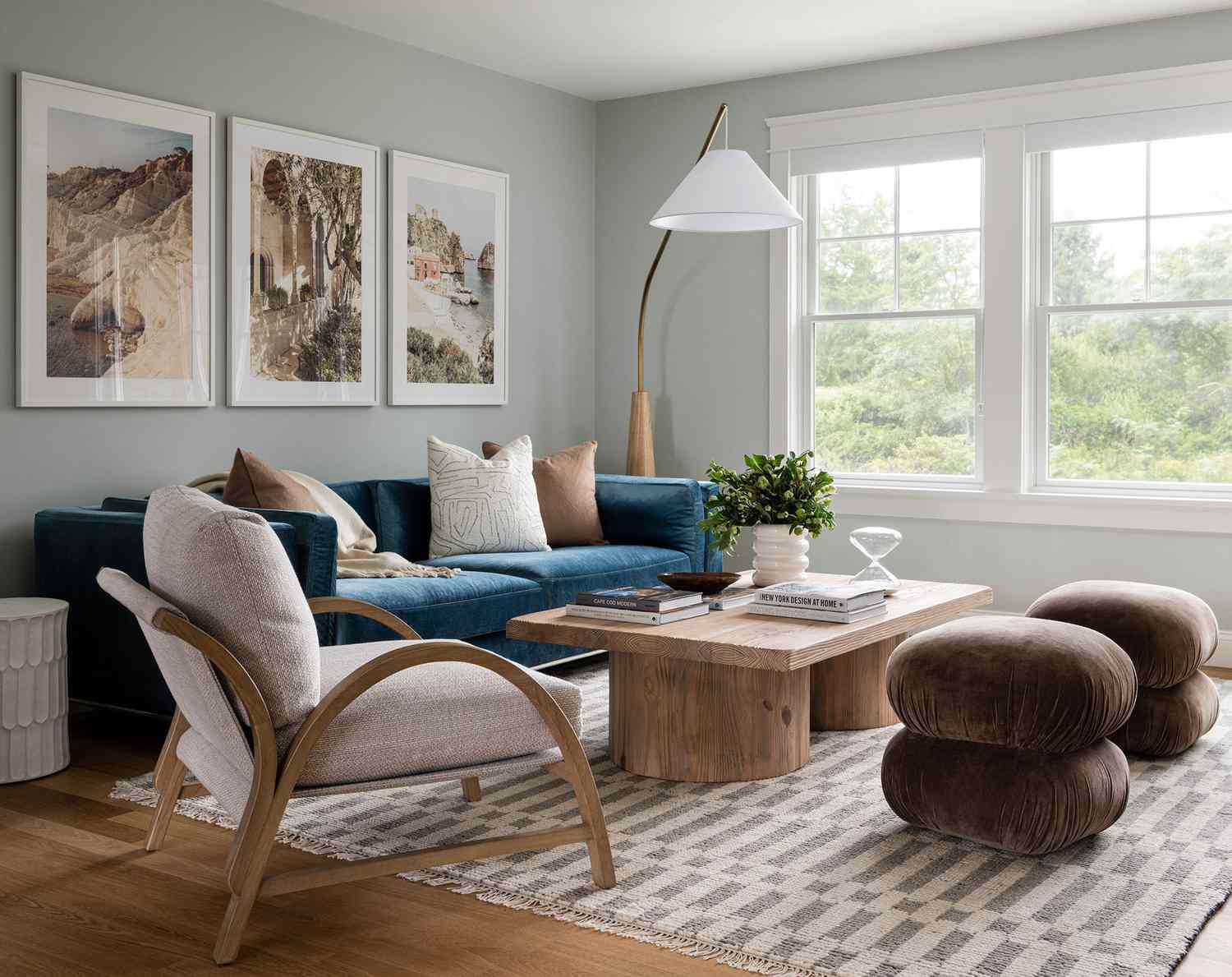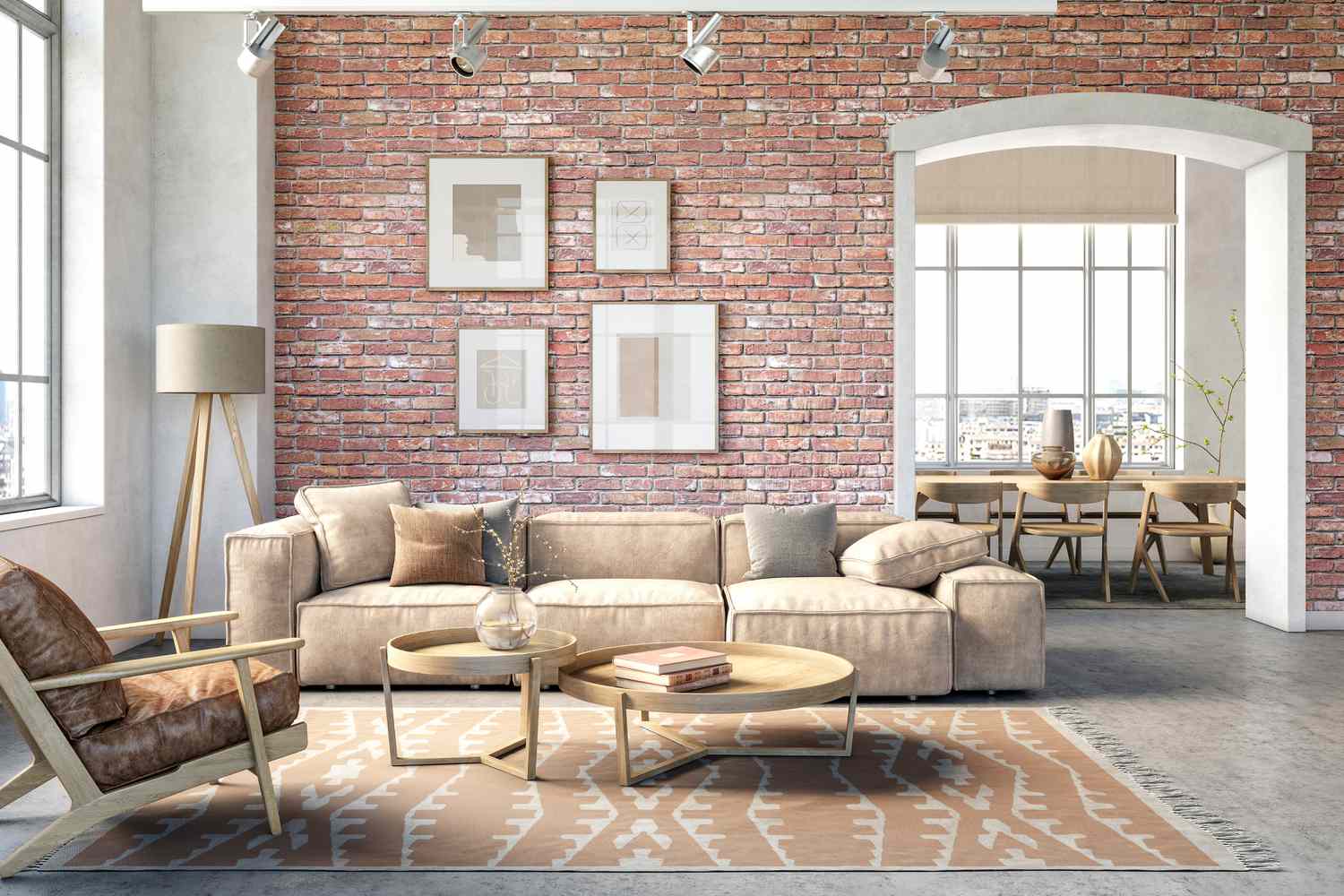Lighting is one of the most crucial elements in home design. It affects mood, enhances functionality, and creates ambiance. With the advent of smart lighting technology, homeowners can now customize their lighting to suit different needs, whether it’s creating a cozy living space or an efficient workspace.
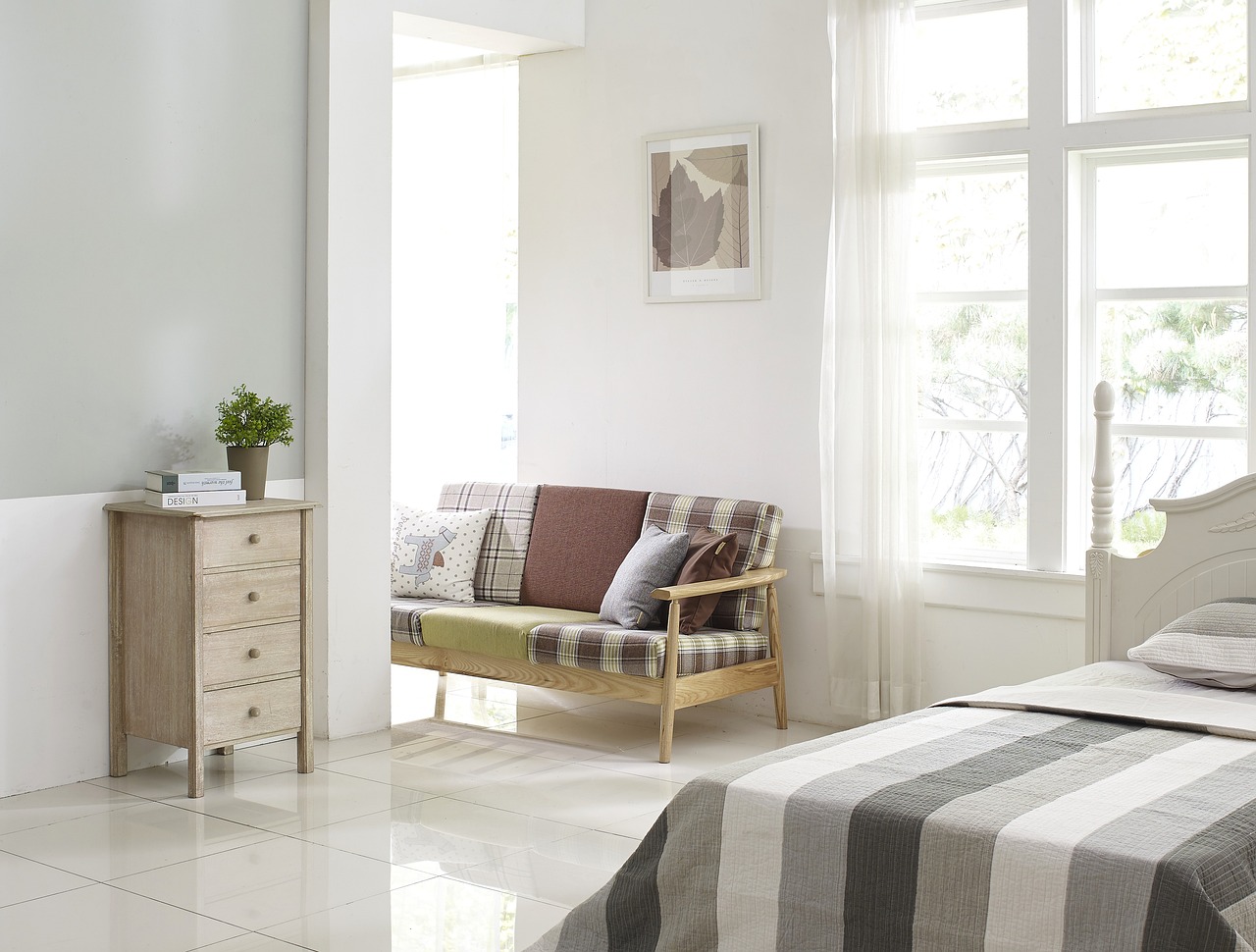
In this guide, we’ll explore the fundamentals of smart lighting, how to choose the right lighting for each room, and how to optimize your space for comfort and functionality.
Understanding Smart Lighting
Smart lighting goes beyond traditional bulbs and fixtures. It includes LED bulbs, dimmable lights, color-changing options, and automation systems that can be controlled through voice commands, mobile apps, or smart home hubs. Here’s why smart lighting is a game-changer:
- Convenience: Control lights remotely using your phone or voice assistants like Alexa, Google Assistant, or Siri.
- Energy Efficiency: LED smart bulbs use less electricity and last longer than traditional incandescent bulbs.
- Customization: Adjust brightness, color temperature, and schedules based on the time of day or activity.
- Security: Automated lighting can mimic your presence when you’re away, adding an extra layer of security.
The Role of Lighting in Home Design
Lighting serves multiple purposes in a home. It can be categorized into three main types:
- Ambient Lighting: The primary source of light in a room, usually from ceiling fixtures, recessed lighting, or pendant lights.
- Task Lighting: Focused lighting used for specific tasks such as reading, cooking, or working (e.g., desk lamps, under-cabinet lighting).
- Accent Lighting: Decorative lighting that highlights architectural features, artworks, or plants (e.g., spotlights, LED strips).
A well-balanced lighting setup combines these three types to create a visually appealing and functional space.
Choosing the Right Smart Lighting for Each Room
Living Room: Warm and Inviting
The living room is a multifunctional space, used for relaxing, entertaining, and sometimes working. Consider:
- Warm white or soft yellow tones for a cozy ambiance.
- Dimmable smart bulbs to adjust brightness based on activities.
- Smart LED strips behind the TV or shelves for an added layer of accent lighting.
- Voice-controlled smart lights to easily switch between settings.
Kitchen: Bright and Functional
The kitchen needs ample lighting to enhance visibility and safety while cooking.
- Cool white LED lights for a crisp and clean look.
- Under-cabinet lighting to illuminate countertops.
- Smart motion-sensor lights for hands-free convenience.
- Zoning with different light settings for dining versus cooking.
Bedroom: Relaxing and Comfortable
Your bedroom lighting should promote relaxation and better sleep.
- Warm dimmable lights to create a soothing environment.
- Smart bulbs with a sunset simulation feature to help with winding down.
- Bedside smart lamps that adjust brightness gradually in the morning.
- Voice or app-controlled lights for convenience without leaving the bed.
Bathroom: Bright Yet Relaxing
A well-lit bathroom is essential for grooming tasks while maintaining a spa-like feel.
- Cool white lighting around mirrors for better visibility.
- Smart dimmers to adjust lighting for a relaxing bath.
- Water-resistant smart bulbs for safety.
- Motion-activated lights for nighttime use.
Home Office: Focused and Productive
Proper lighting in a home office can improve productivity and reduce eye strain.
- Cool white LED bulbs to mimic daylight and enhance concentration.
- Adjustable desk lamps with smart dimming features.
- Circadian rhythm lighting that changes intensity based on the time of day.
- Smart light integration with routines (e.g., automatic dimming in the evening).
Outdoor Spaces: Safe and Inviting
Outdoor smart lighting enhances security and ambiance for gardens, patios, and pathways.
- Motion-sensor floodlights for security.
- Smart pathway lights that turn on at sunset.
- Waterproof LED strips for decorative lighting.
- Solar-powered smart lights for eco-friendly solutions.
Tips for Optimizing Smart Lighting
To make the most of your smart lighting system, consider the following tips:
- Use Automation & Scheduling: Set schedules to automatically adjust lights based on time, weather, or occupancy.
- Create Custom Scenes: Pre-program lighting scenes for different moods, such as “Movie Night,” “Dinner Time,” or “Morning Boost.”
- Integrate with Smart Home Systems: Connect smart lights with home assistants like Amazon Alexa, Google Assistant, or Apple HomeKit for seamless voice control.
- Adjust Color Temperatures: Warmer lights for relaxation, cooler tones for productivity.
- Use Motion Sensors: Save energy by using motion-activated lights in hallways and bathrooms.
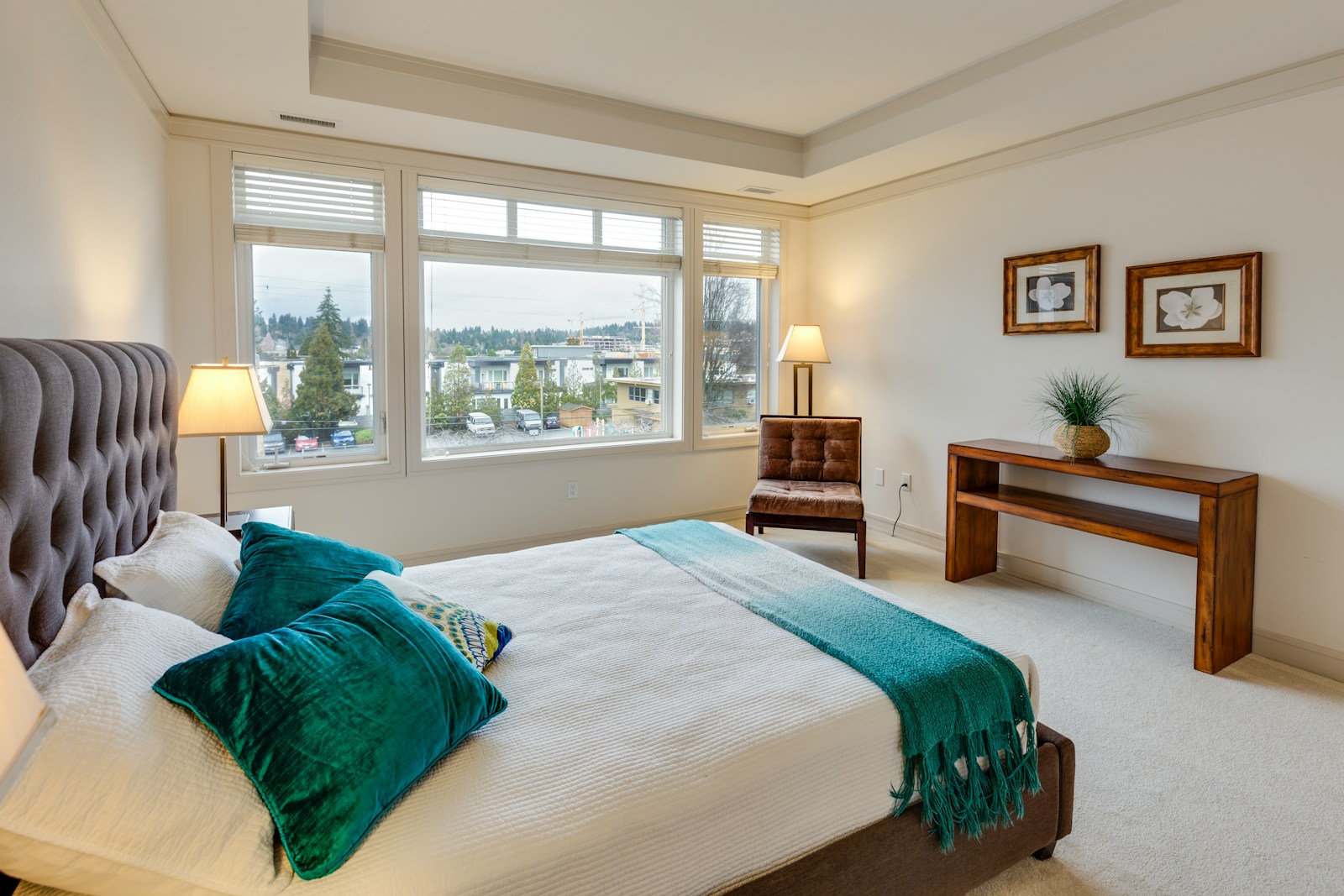
Conclusion
Smart lighting is more than just a trend—it’s a powerful tool for enhancing comfort, functionality, and energy efficiency in your home. By selecting the right lighting for each room, integrating smart features, and utilizing automation, you can create a space that adapts to your lifestyle seamlessly.
Whether you’re upgrading a single room or transforming your entire home, smart lighting offers endless possibilities to make your living environment more enjoyable and efficient. Start experimenting today and see how the right lighting can truly transform your home!
